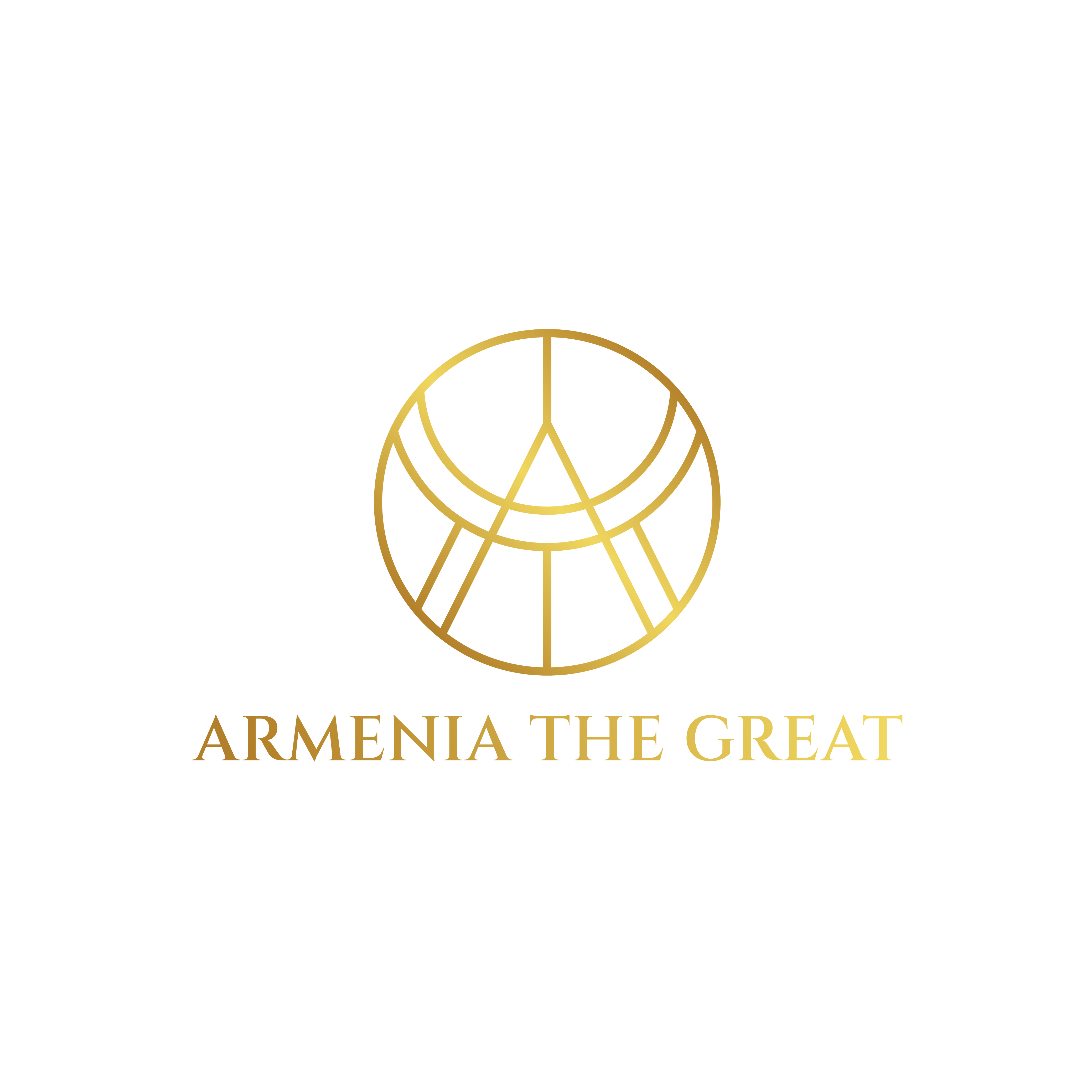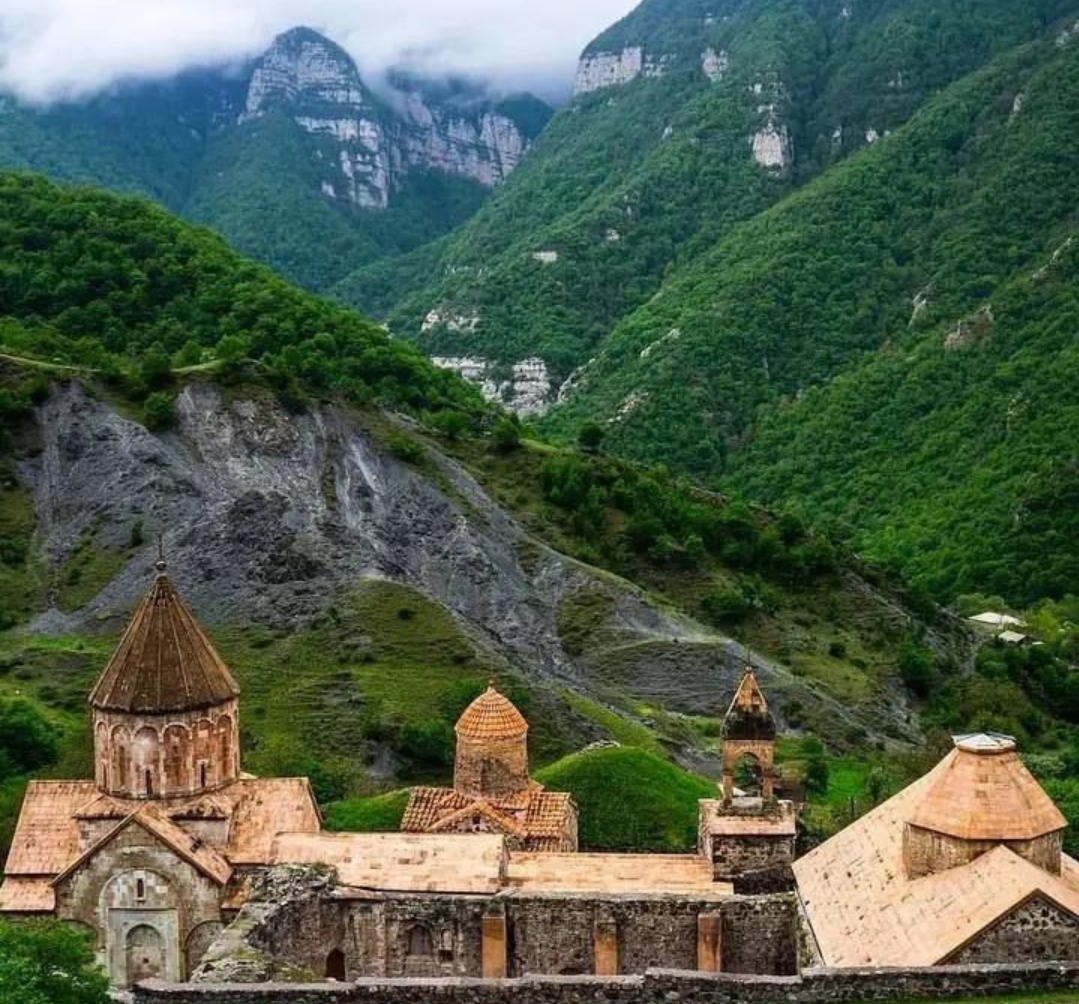Dadivank (Armenian: Դադիվանք) or Khutavank (Armenian: Խութավանք, lit. ’monastery on the hill’ is an Armenian Apostolic monastery in the Karvachar district of Artsakh. It was built between the 9th and 13th centuries and is one of the main monastic complexes of medieval Armenia.
History of Armenian Dadivank
According to history , the monastery was established by St. Dadi, a disciple of Thaddeus the Apostle who was responsible for spreading Christianity in Eastern Armenia during the first century after the common era. On the other hand, the monastery is not mentioned for the first time until the ninth century. During the month of July in 2007, the grave that was believed to be that of Saint Dadi was found beneath the holy altar of the main church. Additionally, the princes of Upper Khachen are laid to rest at Dadivank, beneath the gavit (narthex) of the church they served.
The cathedral church of the Holy Mother of God of the Armenian Apostolic Church, the chapel, a kitchen and refectory, and a few other buildings make up the monastery, which is a part of the Diocese of Artsakh of the Armenian Apostolic Church. The primary church displays a number of frescoes that date back to the 13th century, in addition to having Armenian script engraved into its walls. In the bas-relief that is located on the south facade of the cathedral that was constructed in Dadivank in the year 1214, the princess is depicted offering the church as a memorial to her sons.Among the two monasteries, Dadivank and Gandzasar, where bust motifs (possibly the donors of the monasteries) are found, Paolo Cuneo claims that Dadivank is one of the two monasteries. Anthony Eastmond, a British art historian, places the construction of Dadivank within a broader context of examples of female patronage of ecclesiastical buildings in the world of the thirteenth century in the Near East.
In the aftermath of Azerbaijan’s occupation of the territories of Artsakh, the country immediately began a wholesale theft of all Armenian property.
Initially, the Azerbaijanis robbed the homes that the Armenians had left behind in the cities and villages of Hadrut, Shushi, and other regions. Now, the process of stealing the cultural, spiritual, and historical heritage of the Armenian people has begun.
A member of the Udin ethnic group named Rafik has been appointed by the government of Azerbaijan to the position of head of the Dadivank Armenian monastery. It was this Rafik who made the announcement that he was the leader of a particular organization, which he referred to as the “Udi-Albanian-Orthodox Church.” To begin, a church of this kind has never existed and does not exist at this time. This is a public organization of some kind, and in terms of its distinguishing characteristics, it is comparable to a sect. This is due to the fact that neither its dogmatic nor other points of view are completely incomprehensible. Dadivank forever remains Armenian Monastery even if Azerbaijan tries to falsify history.


19 thoughts on “DADIVANK-ARTSAKH”
Comments are closed.